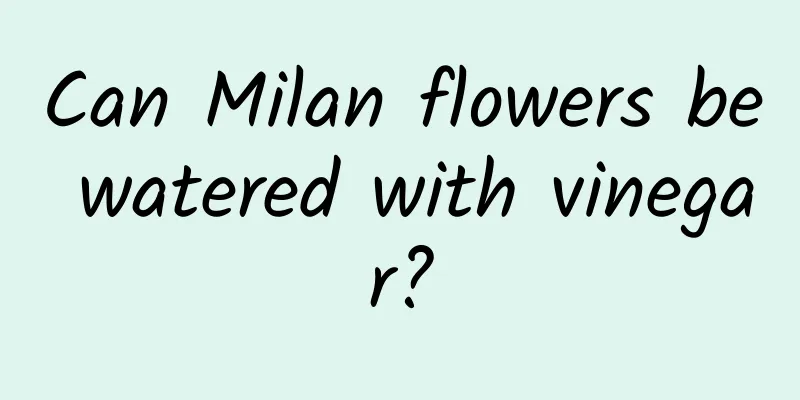How long is the growth cycle of the iris?

Introduction to the growth of BelamcandaThe Belamcanda chinensis grows wild on hillsides, open fields, and thorn bushes. It has no strict requirements on the environment, has strong adaptability, and is afraid of waterlogging. It is best planted in loose sandy soil that is sheltered from the wind, facing the sun, has fertile soil, is at a higher level, and has good drainage. In my country, Belamcanda chinensis is mainly distributed in Liaoning, Jilin, Hebei, Shanxi, Shandong, Henan, Anhui, Jiangsu, Zhejiang, Fujian, Taiwan, Hubei, Hunan, Jiangxi, Guangdong, Guangxi, Shaanxi, Gansu, Sichuan, Guizhou, Yunnan, Tibet and other places. Growth cycle of Belamcanda chinensisThe growth cycle of Belamcanda chinensis is relatively long, generally 2-3 years. It takes one year to raise seedlings and is harvested 1-2 years after transplanting. It likes warmth and sunlight, is resistant to drought and cold, and is not demanding on soil. Growth rate of irisThe growth rate of Belamcanda chinensis is relatively slow. Its growth process is divided into three stages: germination, growth and flowering. It usually blooms in July and August, and this is also the time when it consumes the most nutrients. Generally, most of them are harvested after two years of growth. Management of the growth cycle of Belamcanda chinensisUnder normal circumstances, the yield per mu of a two-year-old Belamcanda oleracea is about 200 kilograms, and the yield per mu of a three-year-old Belamcanda oleracea is about 250 kilograms. The longer the Belamcanda oleracea is planted, the higher its yield will be. Temperature management : The seeds of Belamcanda oleifera begin to germinate at a temperature of 10℃~14℃, and the optimum temperature for growth is 20℃~25℃. The germination rate decreases at 30℃ and lasts for about 50 days. Fertilization management : Before planting Belamcanda chinensis, apply well-rotted manure or compost in combination with tillage. If the base fertilizer is sufficient, less or no fertilizer can be applied in the first year. Starting from the second year, topdressing should be applied three times a year, in March, June and November respectively, to increase the yield. |
<<: Can hawthorn trees be potted?
>>: How long is the growth cycle of Agaricus bisporus?
Recommend
Key points for cultivating cymbidium
Know Cymbidium orchids and choose the right pot T...
When is the best time to prune mulberry leaf peony?
Overview of Peony Mulberry leaf peony, also known...
Flowering period of the crabapple
When does the crabapple tree bloom? The flowers o...
What fertilizer is best for chives?
Fertilizing time for chives It is generally suita...
What kind of crop is yellow cake?
What kind of crop is yellow cake? Yellow cake is ...
Advantages and Disadvantages of Cathedral Rose
When the buds of the Cathedral Rose are about to ...
How many days does mustard grow?
During the growth process of mustard, the mustard...
Kiwifruit planting conditions and climate requirements
Introduction to Kiwifruit Kiwi fruit is mainly di...
How to grow white orchids
1. Time Selection If you want to plant it, you ca...
What is the flower language of Buddleja
1. Flower Language The growth ability of Buddleja...
When is the right time to sow potted tomatoes?
Suitable time for planting potted tomatoes Potted...
How to grow blue pine succulent
The succulent blue pine is native to South Africa...
When to plant rapeseed? Best planting time and method
Rapeseed Planting Time Rapeseed is generally plan...
What medicine can cure brucellosis in cattle?
Brucella bovis is a zoonotic disease characterize...
How to plant daffodil bulbs (storage and planting methods)
1. Planting method 1. Processing of bulbs: Before...









